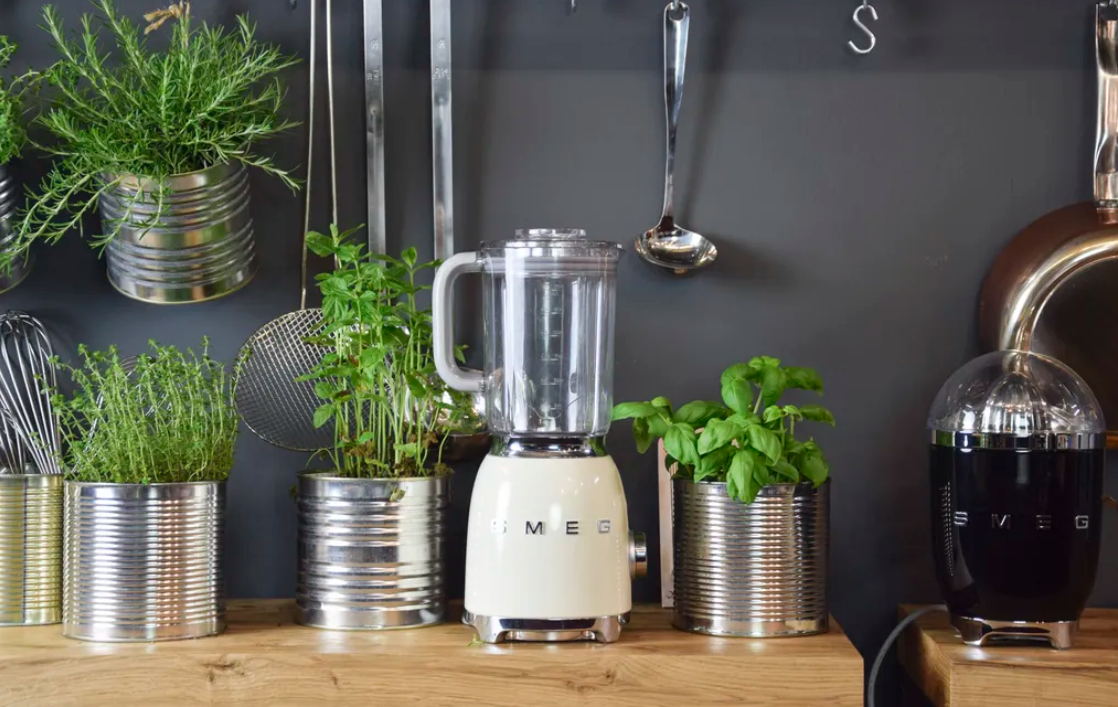
A blender is a staple in many kitchens, ideal for smoothies, soups, sauces and more. But despite their versatility, blenders are not indestructible. There are some things you should never or at least be cautious about putting into your blender. Doing so could damage the appliance, ruin your food’s texture, or even pose a safety risk. Here is a look at what not to blend and why.
Ice – Proceed with Caution
Unless your blender is specifically designed to crush ice, it is best avoided. Ice cubes are extremely hard and can put a great deal of strain on the blades and motor. In some cases, they can even crack the jug or damage the lid. If you often make icy drinks, consider investing in a powerful blender with ice crushing capabilities. Alternatively, use crushed ice or let cubes soften slightly before blending.
Frozen Fruit – Be Careful
Frozen fruit can be troublesome in standard blenders. Large, rock-solid chunks may cause the motor to struggle or overheat, potentially leading to long term damage. Instead of tossing them straight in, allow frozen fruit to thaw for a few minutes first. Adding extra liquid, such as juice or water, can also make blending easier and result in a smoother texture.
Boiling Hot Liquids – Never
Pouring boiling liquids directly into a blender is one of the biggest mistakes you can make. The heat generates steam, which builds up pressure inside the sealed jug. This can force the lid off mid blend, creating a dangerous mess and potentially burning you. It may also damage internal seals and components.
Always allow hot liquids to cool before blending, and blend in smaller batches with the lid slightly ajar, if your blender allows.
Potatoes – Not Recommended
It might seem like a shortcut to throw cooked potatoes into the blender for mash, but it is not a good idea. Blending potatoes breaks down their starches excessively, resulting in a sticky, gluey mess rather than light, fluffy mash. For the best texture, stick to a potato masher, ricer or food mill.
Read our blog: 10 fruity recipes for your blender
A Few Extra Things to Avoid
- Very hard foods, such as bones or raw root vegetables, unless your blender is built for it
- Thick, sticky mixtures, like nut butters, can overwork the motor if not blended carefully
Read our blog: Avoid lumpy smoothies with these blending tips
In Summary
Blenders are incredibly useful but knowing their limits is essential for keeping them in good working order. Avoiding these common mistakes will help extend the life of your appliance and ensure better results in the kitchen. When in doubt, check the manufacturer’s instructions. What your blender can handle may differ from others. Treat it well and it will remain a trusty kitchen companion for years to come.
View the full range of blenders here